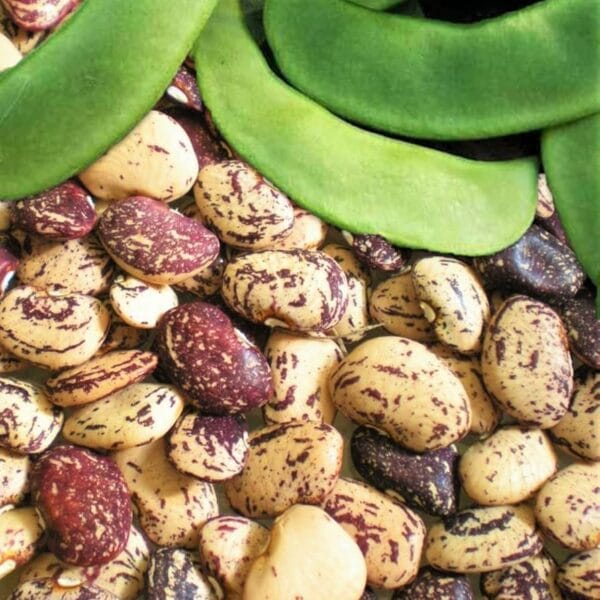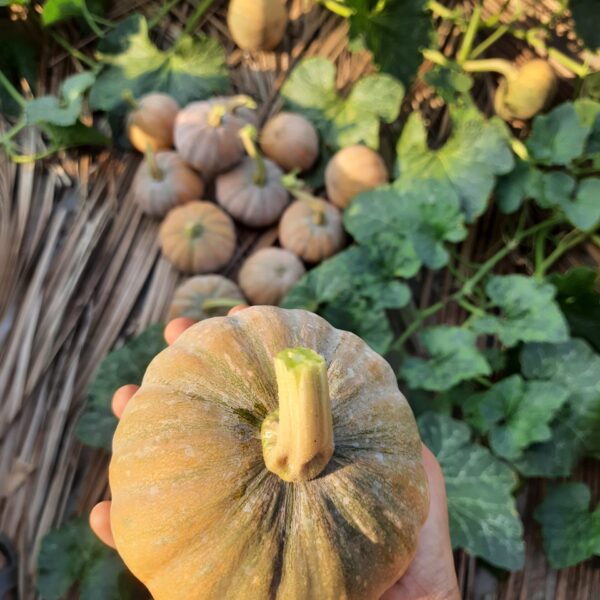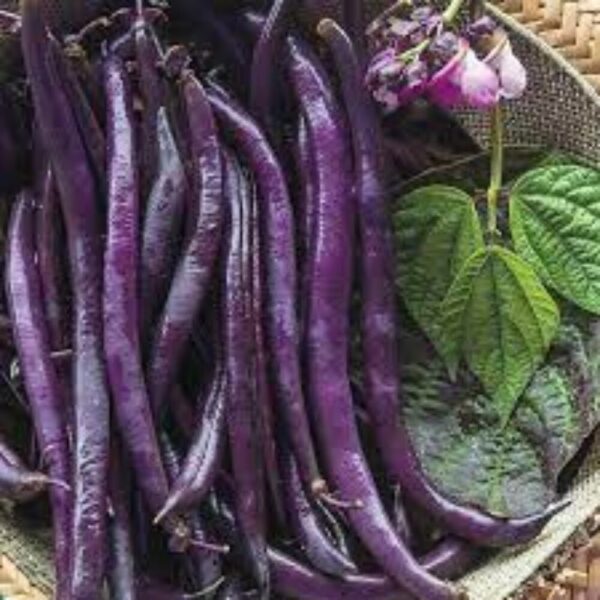Pak choi, also known as bok choy or Chinese cabbage, is a leafy green vegetable that is widely used in Asian cuisine, particularly in Chinese, Korean, and Japanese dishes.
Here are some key features and information about pak choi: Appearance: Pak choi has thick, crunchy white stems that resemble celery and dark green, glossy leaves. The entire plant has a similar appearance to celery cabbage but is more compact and with broader leaves.
Flavor: It has a mild, slightly peppery flavor with hints of sweetness. The flavor is delicate compared to some other leafy greens, making it versatile for various cooking methods.
Varieties: There are two main types of pak choi: Baby Pak Choi: Smaller and more tender, often used whole in stir-fries and soups.
Shanghai Pak Choi: Larger with broader leaves and thicker stems, suitable for stir-frying, steaming, and braising.
Nutritional Value: Pak choi is low in calories but rich in vitamins and minerals. It contains vitamins A, C, and K, as well as folate, calcium, and potassium. It is also a good source of antioxidants like beta-carotene and lutein.
Culinary Uses: Pak choi is incredibly versatile in cooking: Stir-Frying: It is commonly stir-fried with garlic, ginger, and soy sauce.
Soups: It adds flavor and nutrition to clear broths and noodle soups. Steaming: Pak choi can be steamed whole or chopped, often served as a side dish with a light sauce.
Raw: Young pak choi leaves can be used in salads or as a fresh garnish. Growing Conditions: Pak choi thrives in cool weather and grows best in well-drained soil with full sun or partial shade. It is relatively easy to grow and matures quickly, making it a popular choice for home gardeners.
Cultural Significance: Pak choi is a staple in many Asian cuisines, where it is valued for its flavor, texture, and nutritional benefits. It has gained popularity worldwide and is now widely available in grocery stores and markets beyond Asia. Overall, pak choi is prized for its crunchy texture, mild flavor, and versatility in cooking. Whether stir-fried, steamed, or used raw, it adds a unique taste and nutritional value to a variety of dishes, making it a favorite among both chefs and home cooks interested in Asian cuisine.
| Weight | 8 g |
|---|






